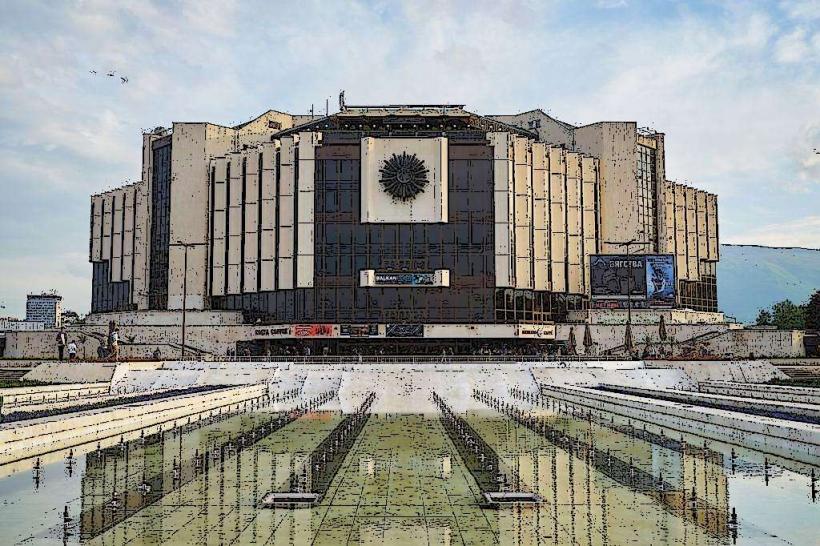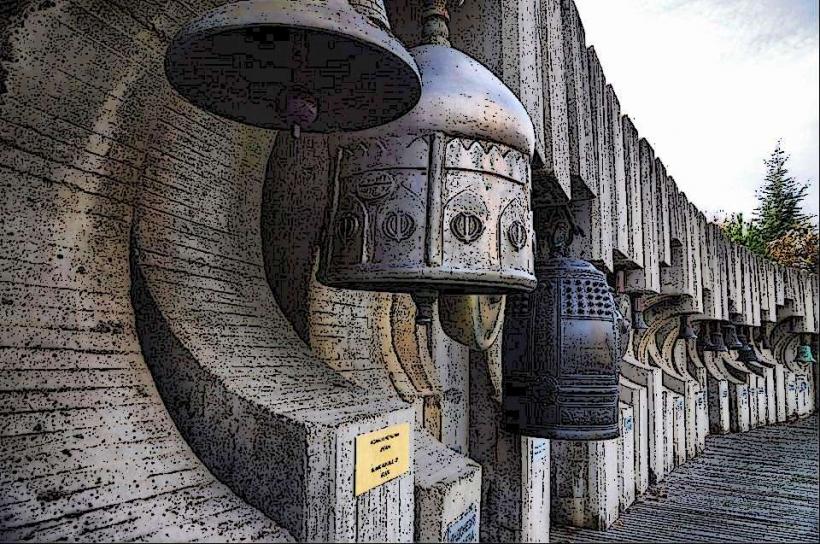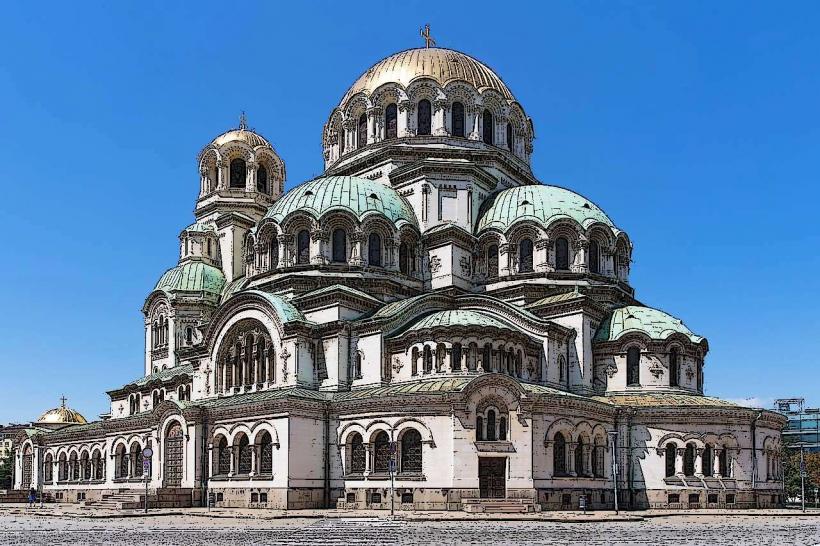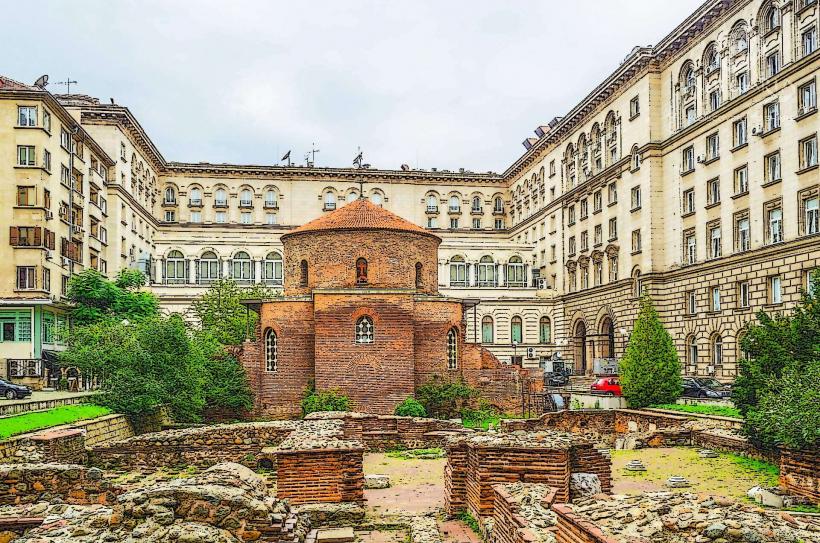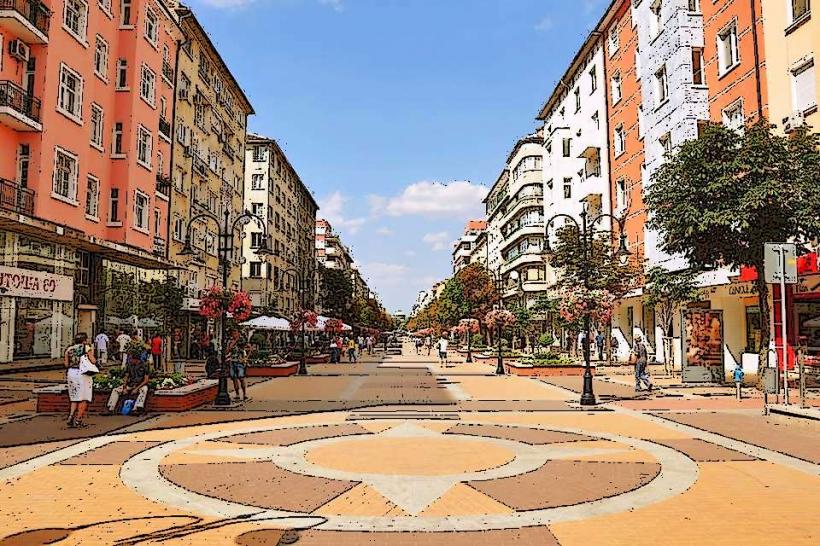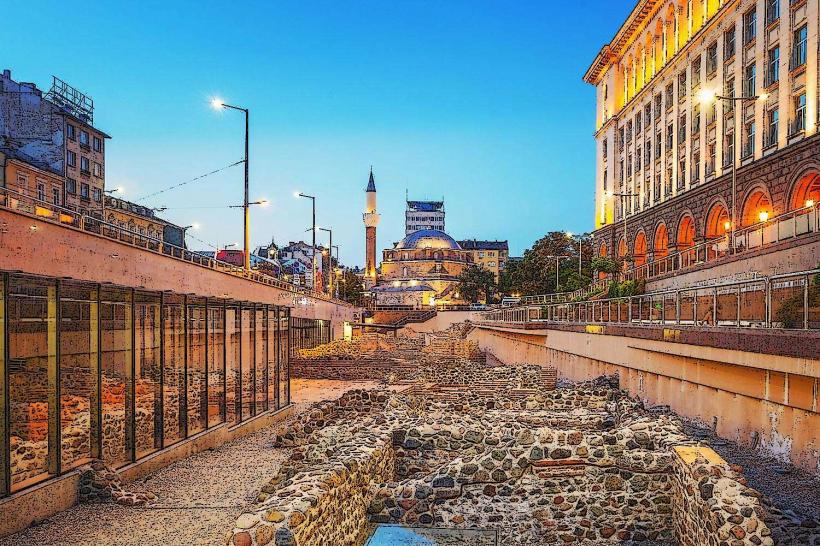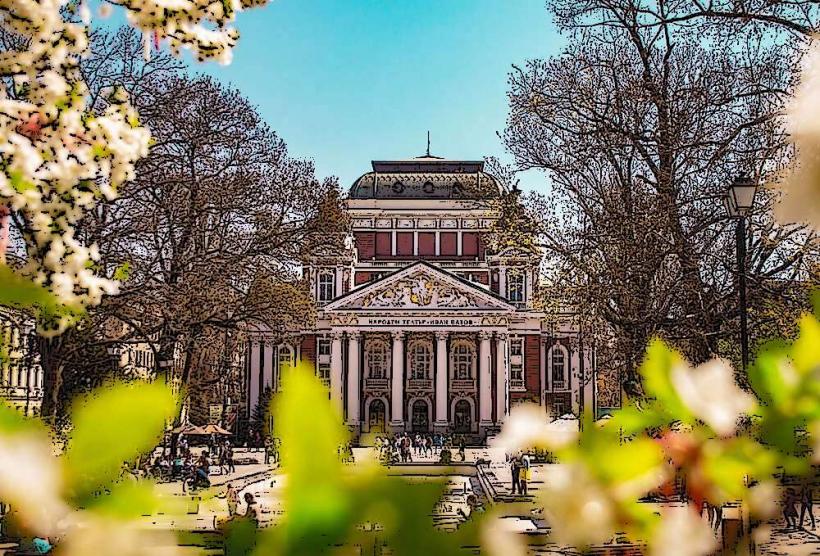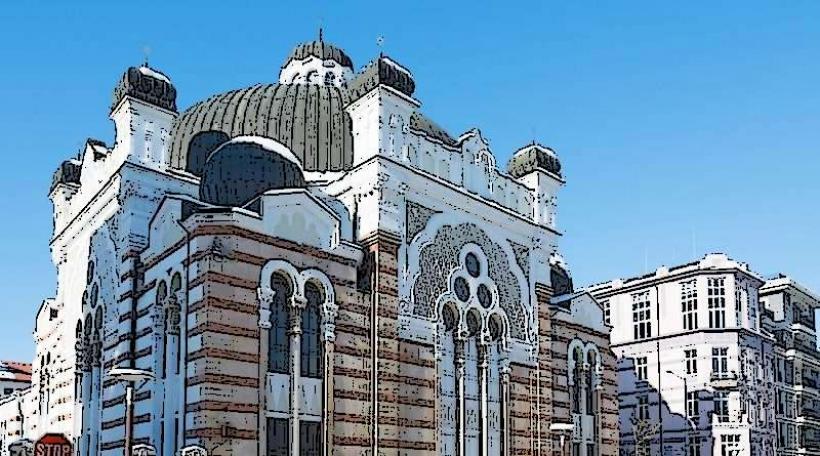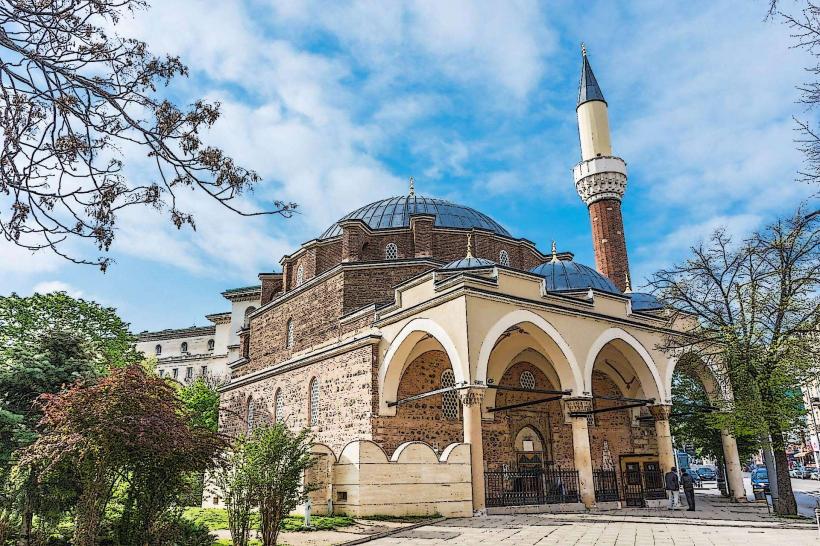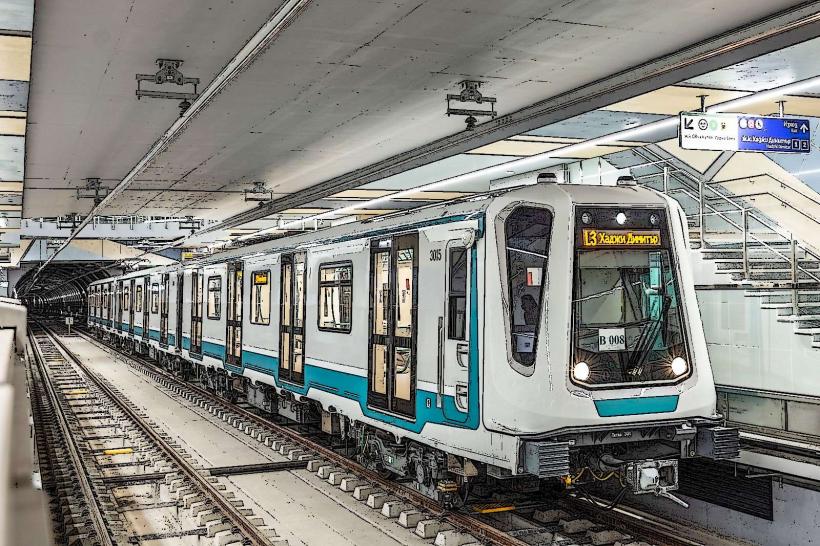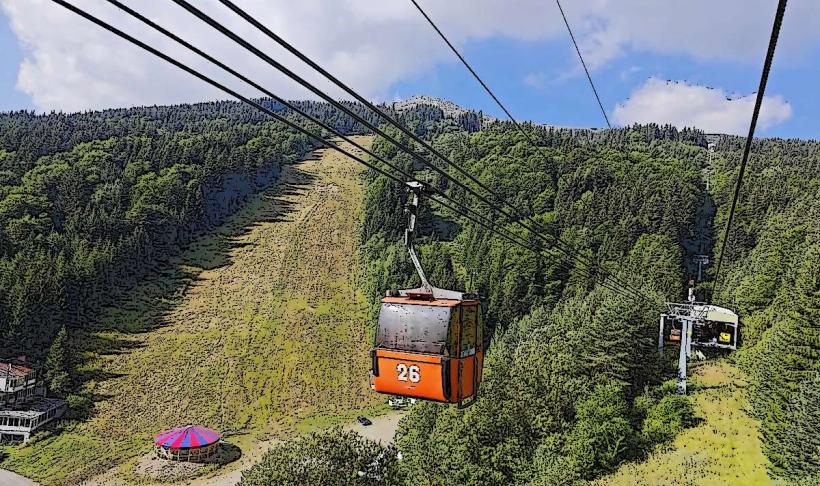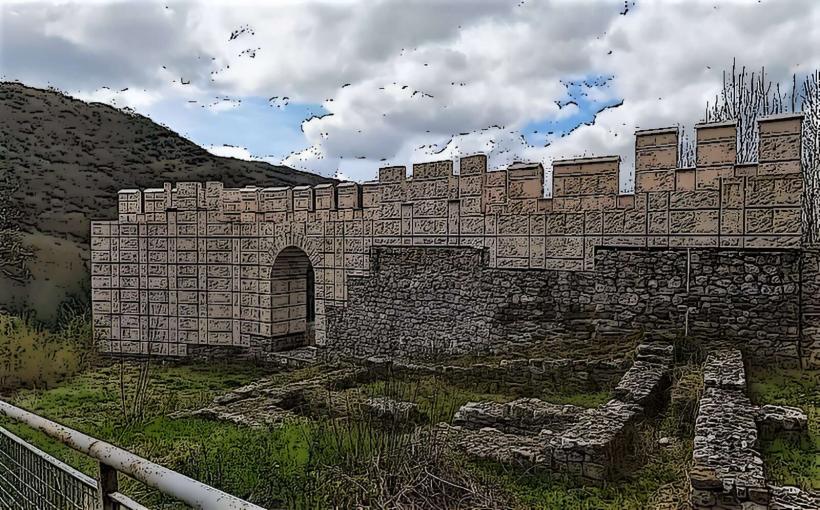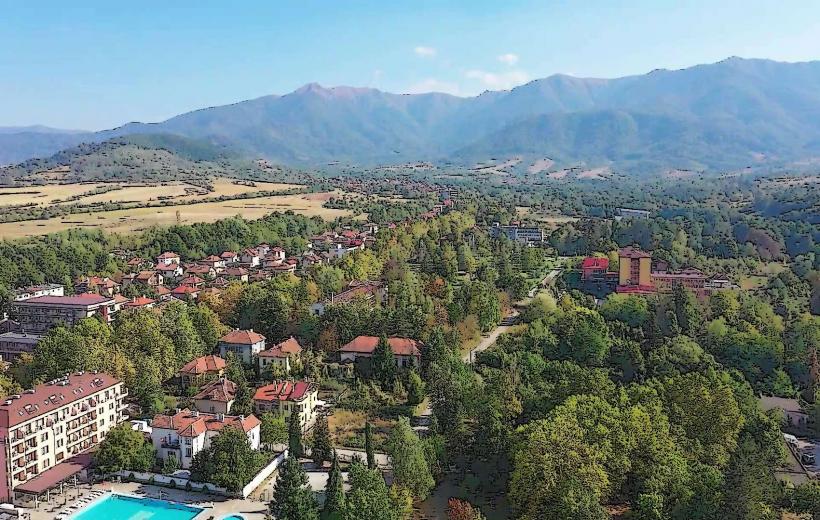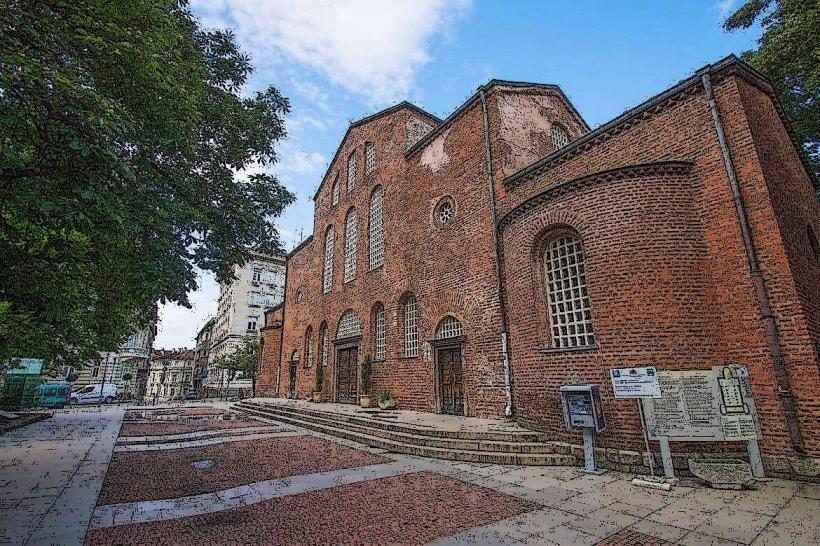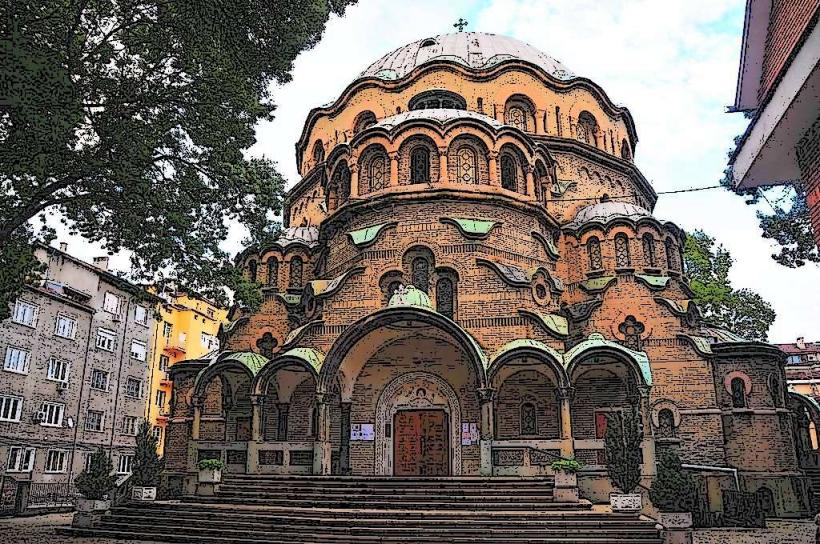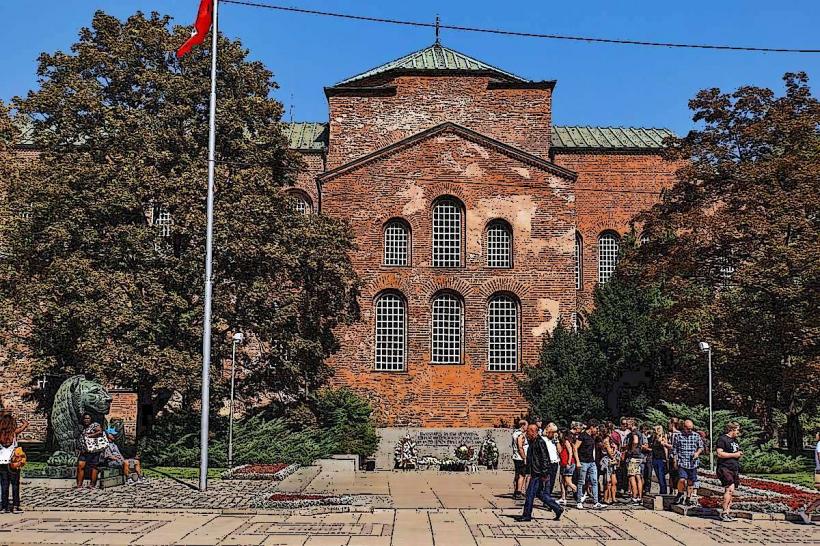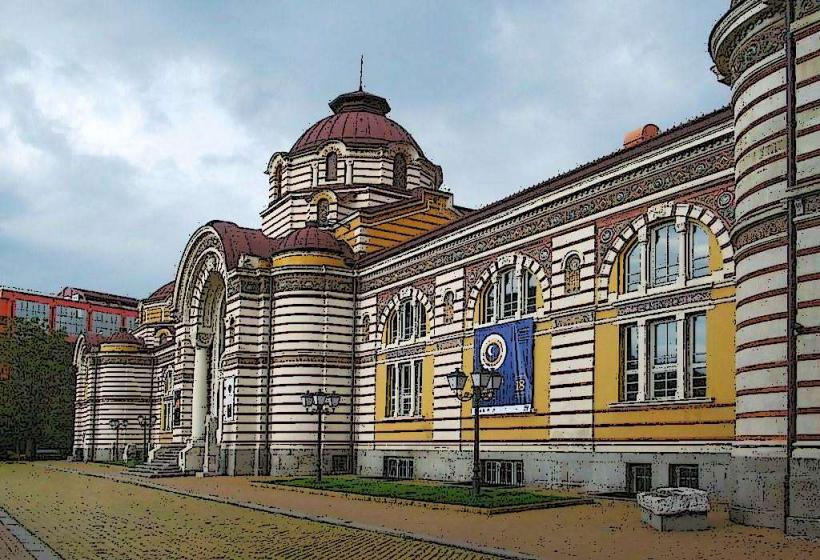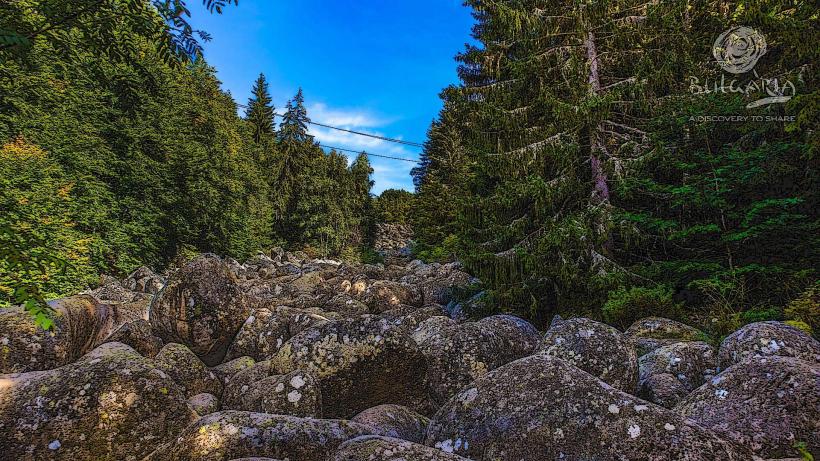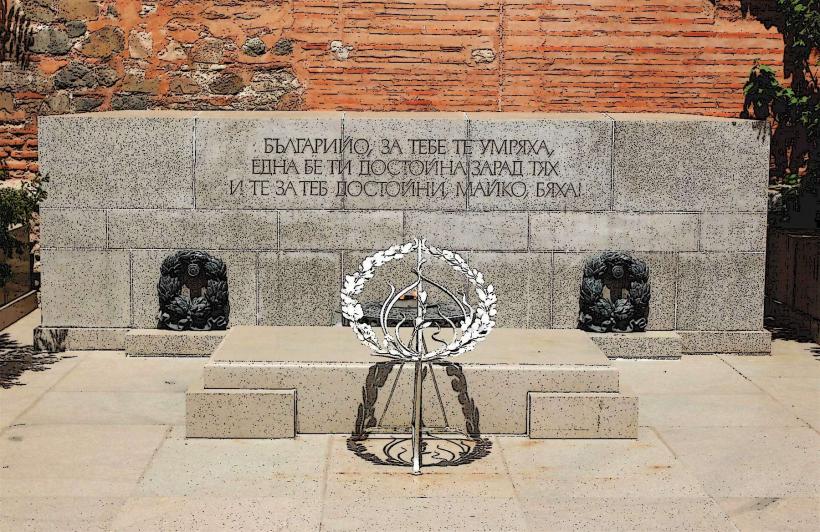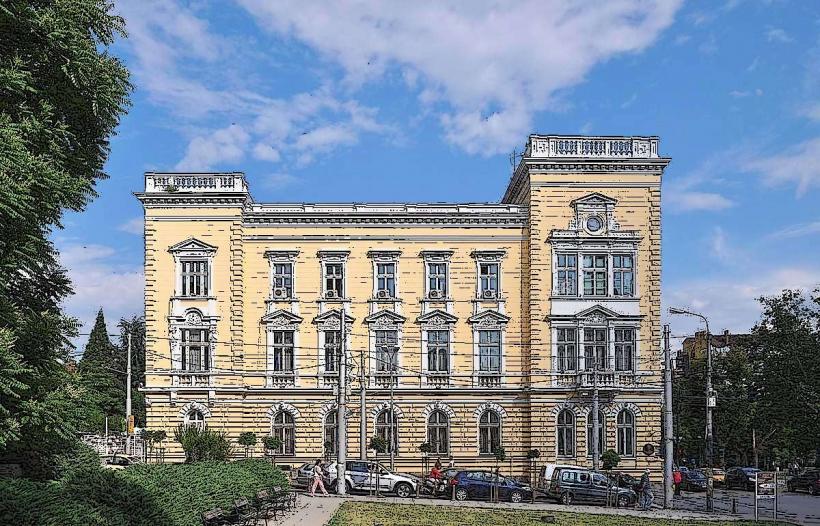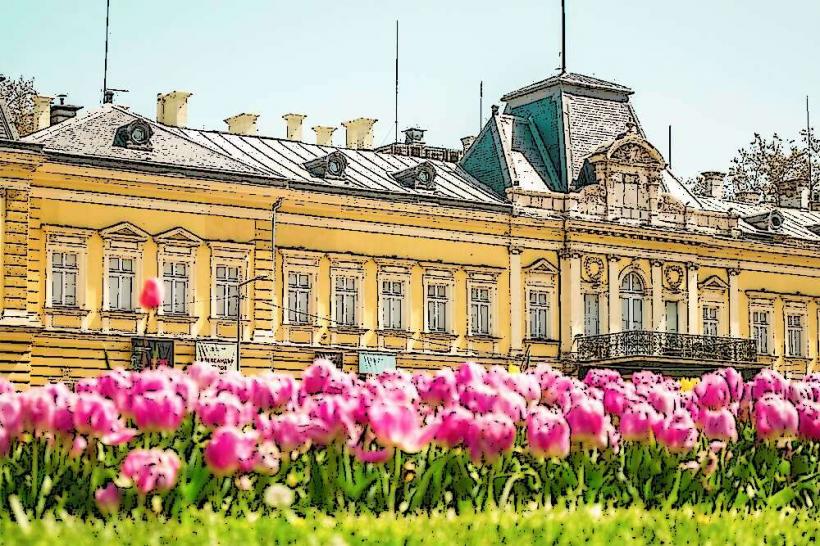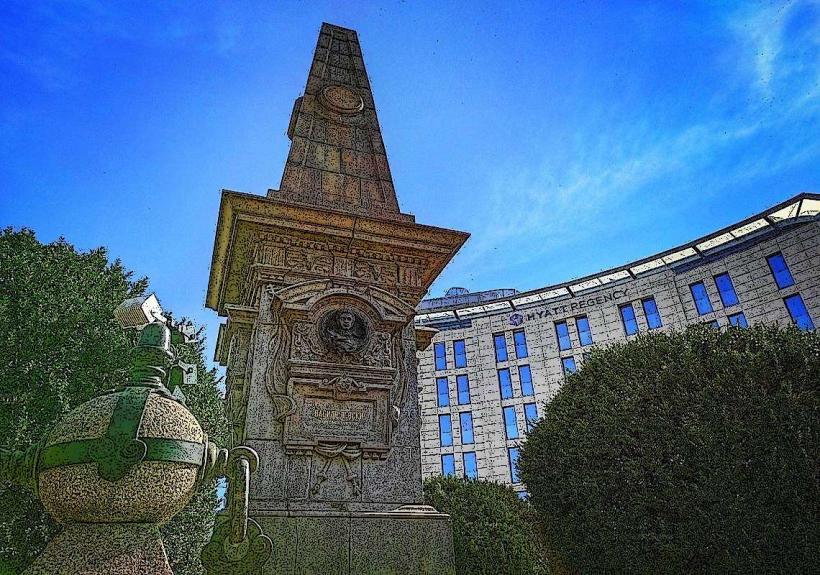Information
Landmark: Boyana ChurchCity: Sofia
Country: Bulgaria
Continent: Europe
Boyana Church, a UNESCO World Heritage Site located on the outskirts of Sofia, is a medieval Bulgarian Orthodox church renowned for its well-preserved frescoes and historical significance. It is one of the most important cultural monuments in Bulgaria, showcasing exquisite medieval art and reflecting the influence of both Byzantine and Bulgarian artistic styles.
History and Structure
- The church dates back to the late 10th or early 11th century, originally constructed as a small chapel by a Bulgarian noble family.
- Over the centuries, Boyana Church was expanded in three main stages:
- The first stage is the eastern part of the church, a small one-nave structure from the 10th century.
- The second stage, built in the 13th century, includes an additional two-story building commissioned by Sebastocrator Kaloyan, a Bulgarian noble, and his wife Dessislava. This extension has become the most famous part of the church due to its remarkable frescoes.
- The third stage involved further expansion in the mid-19th century, adding a narthex, but it retains a largely understated presence to preserve the original structure's medieval character.
Architecture
- Boyana Church’s architectural style reflects the typical Orthodox cross-domed design. Its small, simple structure and modest exterior make it unassuming from the outside, but this belies the extraordinary artistic treasures within.
- The walls are built with stone and brickwork in alternating bands, typical of medieval Bulgarian construction techniques. The second stage of construction introduced a more complex plan, creating a two-story structure with a chapel on the upper level.
Frescoes
- Boyana Church is most famous for its 13th-century frescoes, which are considered among the best examples of Eastern European medieval art. Painted in 1259, these frescoes predate the Italian Renaissance and exhibit a sophisticated realism and attention to human expression and anatomy.
- There are 89 scenes depicting 240 figures, including biblical narratives, the life of Christ, and the lives of various saints. These frescoes are notable for their vivid colors, intricate details, and emotional depth, and they represent a significant advancement in medieval Christian art.
- The portraits of Sebastocrator Kaloyan and his wife Dessislava are of particular interest, as they show a rare depiction of Bulgarian nobility and reflect high status and courtly style in medieval Bulgaria.
- Other notable frescoes include the portraits of Saint Nicholas, Saint John of Rila, Saint Constantine and Saint Helena, as well as a realistic depiction of Christ Pantocrator.
Artistic and Cultural Significance
- The frescoes at Boyana Church are significant for their pioneering realism and detail, considered precursors to Renaissance art. They demonstrate a level of naturalism and individuality uncommon for their time, showing an advanced understanding of human anatomy and facial expressions.
- This realism and emotional depth distinguish them from typical Byzantine art and highlight the influence of the Bulgarian cultural renaissance under the Second Bulgarian Empire.
- As one of the best-preserved collections of medieval Bulgarian paintings, the Boyana frescoes have become a point of national pride, showcasing Bulgaria’s contribution to European art history.
Restoration and Preservation
- The frescoes have undergone multiple preservation efforts to protect their delicate colors and details from environmental damage. Strict climate control measures are maintained inside the church to prevent humidity and temperature changes from affecting the paintings.
- UNESCO has recognized Boyana Church as an important cultural site, supporting ongoing efforts to conserve the structure and artwork for future generations.
Visiting Information
- Location: Boyana Church is located in the Boyana neighborhood on the outskirts of Sofia, near Vitosha Mountain.
- Admission: Due to preservation efforts, entry is limited to small groups, and visitors are typically only allowed inside for a brief period.
- Highlights: The frescoes, particularly those depicting medieval Bulgarian nobility, the intricate scenes from the life of Christ, and the overall immersive experience of being inside a medieval Bulgarian church.
Boyana Church is a historical and artistic gem, offering a unique glimpse into Bulgaria's medieval past and standing as one of the country’s most treasured cultural monuments.

